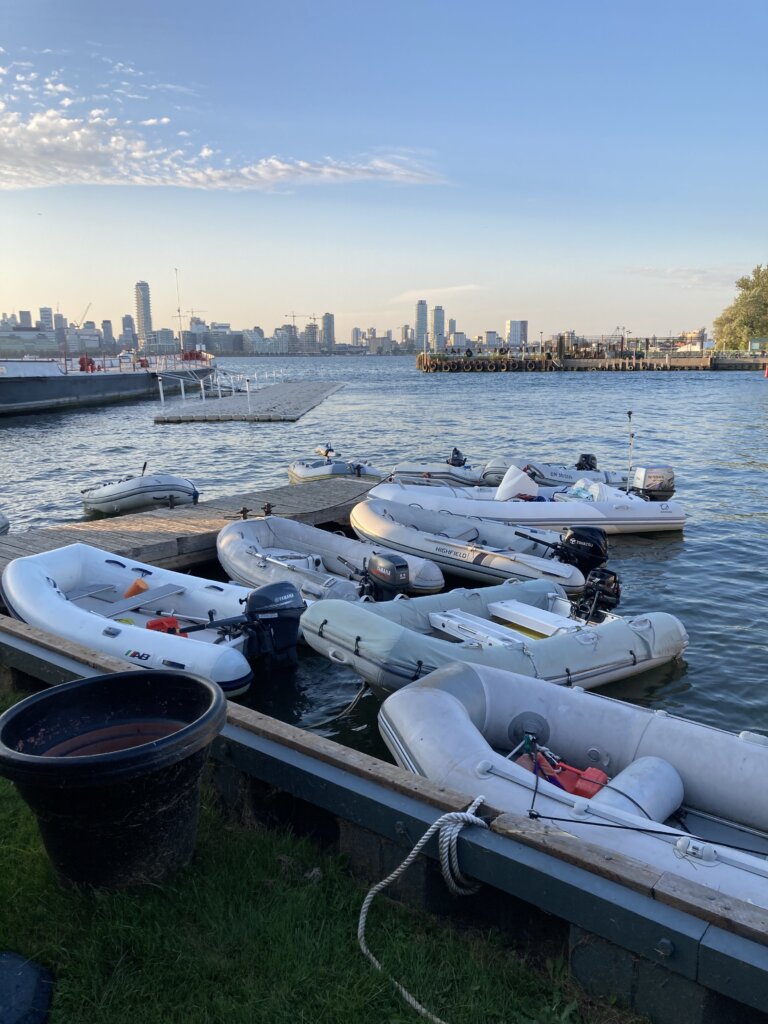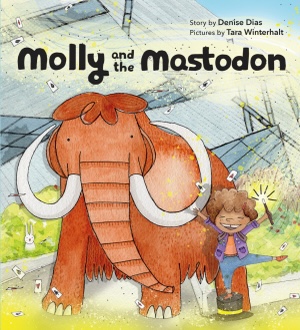I’m sitting at the Island Café again this morning. It is a lovely spot–lush and friendly–and it is nearly always a peaceful start to a day over here.
I’ve had a good week of sailing home with Beth and our friend Dave, who now lives in Halifax. It’s been great to reconnect with him and to see many other old friends at the QCYC regatta this weekend, though my body made it impossible to be as present as I would have liked.

I especially value the small connections around the edges of events and places. I have often struggled with being comfortably engaged in the main current of any event unless I’m involved in the organization and running of it–I don’t know why. I have generally been happiest on the edges, making connections with one or two others who are hanging out on the fringe.
I find the current state of online conversation challenging in the same way. I just spent a few minutes cruising Facebook. I wanted to share some thoughts on taxing the rich, and most of the people I care about are over there. Once I was there I had a look at what others were posting, but the FB algorithm makes it hard to know if I’m seeing everything I want to see (I’m sure I’m not) and everything seems a little distant, like flipping through a photo book.
I seldom comment, except to say congratulations or something innocuous. Strange when, as many of you know, I love to really dig in and think and discuss real solutions to real problems we face.
I find myself drawn to “real life” interactions far more than online ones. My local cafe is a stronger draw than FB or my blogs. I don’t feel bad about that, but a lot of the people I miss most are really only available to me online. Though the reason I miss you all is our history “in real life” sharing food and drink and music and work together. I wish I could bring some of those times back, but the only way is forward.
I am always trying to find ways to build engagement that can change the world or at least our local parts of it. This is something I first had a taste of back in the 80s and 90s with AYM and DYMC in and around Toronto. We did change the world then, if only in our own hearts and minds. And many of us still carry that with us as we live our lives.
I have tried to refashion those times again in various ways and places: Merbecke, VVCC, Holy Trinity, Scouting, Lifting Spirits, QCYC, my local café. Sometimes such things are successful to a degree, but a community of mutual trust and engagement is often slow to build and always vulnerable to internal and external forces, whether death, relocation, or the various hurts we inflict on each other.
It is always worth building community. Even if not as deeply engaged as we might prefer, any community of respect and mutual aid is valuable, whether it’s a church, book club, board game group, or coffee klatch.

Much as I value and promote these real spaces, I have to admit that the digital realm has its place. Indeed, it can be critical if the real world is inaccessible for some time.
Most of us use one or more digital gathering places regularly. And some of us even find community there. Unfortunately, most of these spaces are owned by corporations whose primary incentive is money. For these owners, we are a product to be packaged and sold to the highest bidder.
This “exchange” may seem tolerable when we are getting what we want, but I think most of us have noticed how these platforms all seem to get kinda shitty after a while. I think it is tempting to think that they just seem shitty because of how many people are on them or what people are posting, but that is not the real story. They get shitty because the owners are squeezing all the cash they can out of them by ignoring what we want and focusing on getting us to react in measurable ways so we can be resold. This process is well described by Cory Doctorow in his essay on “enshittification.”
“First,” he writes, “they are good to their users; then they abuse their users to make things better for their business customers; finally, they abuse those business customers to claw back all the value for themselves.”
I recommend you go read the whole thing for yourself, it’s extremely insightful.

I still check in on FB and Instagram because so many of my friends are there–that’s the network effect–but I don’t find it that appealing most of the time.
These days if I’m looking for some digital engagement I mostly find it on Mastodon. It is not the slickest thing, but that is part of what I like about it. I see posts from people and hashtags I follow and that’s it. I see them in reverse chronological order. There’s no “discovery” algorithm or suggestions. You have to find people by searching for them. It’s delightfully old-fashioned.
I typically read my Mastodon feed for 15-30 minutes and then I’m done. Sometimes I get bored and that’s actually kinda awesome. Sometimes I get mad but usually because I follow topics that are bound to get me mad like #onpoli. I find it’s not that hard to have naturally had enough because there is no algorithm deliberately trying to wind me up.
Most days I am moved to respond to a question or make a comment. And most times I am rewarded by real engagement. Kinda enjoyable.
Mastodon is not owned by anyone. Each server is owned by someone who takes responsibility for it, but if you get fed up with them you can leave and go to another instance and take all your follows along with you. Moderation is a community responsibility with the final burden falling to server admins. If users on a server become abusive or problematic and that isn’t addressed by the local admin, the server can be banned by other servers.
That’s enough of a ramble for now. If you’re on Mastodon too and want to look me up you can find me at @kapn@mstdn.ca. If you want to talk more about what this is and how I think it fosters community in a more reliable and sustainable way, feel free to reach out in the comments, or if you’re a friend I’d be happy to talk over a coffee.

Mastodon sounds more positive and ethical than FB
Comments are closed.